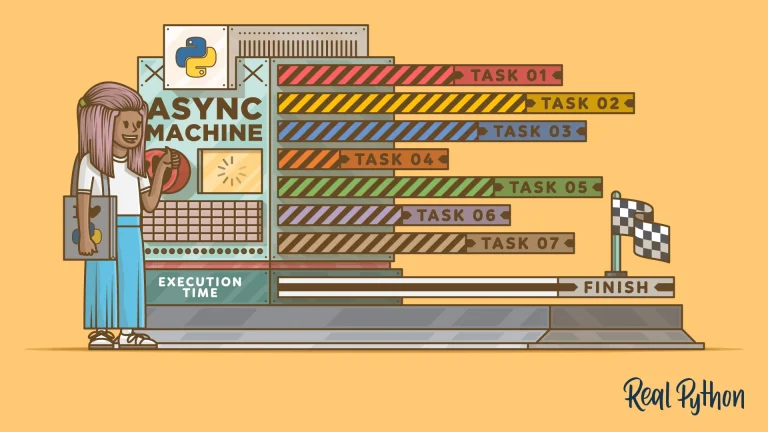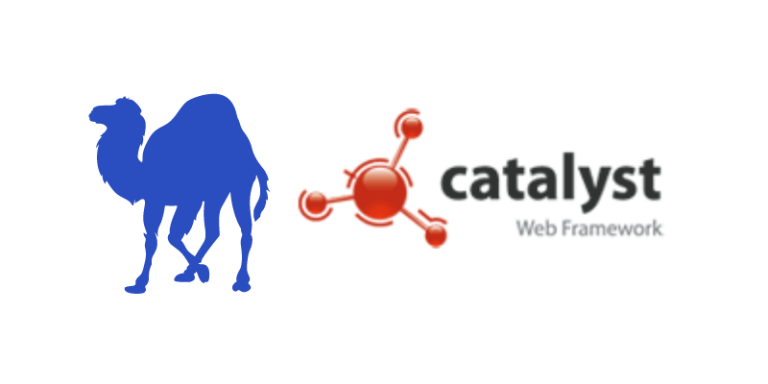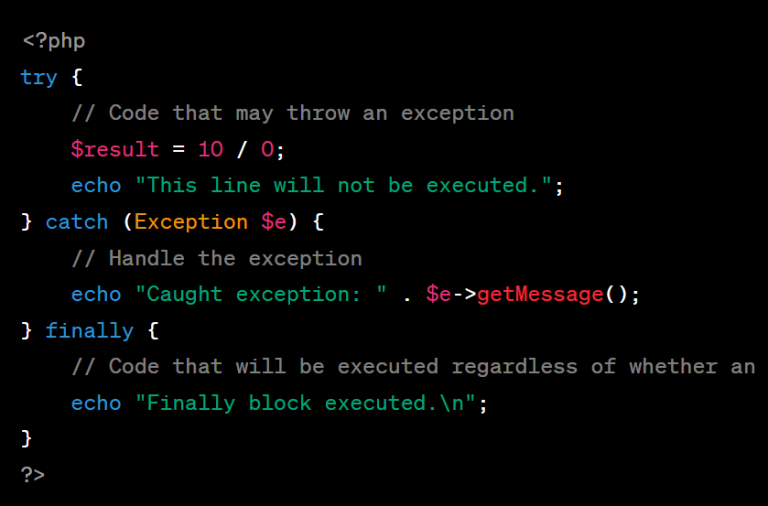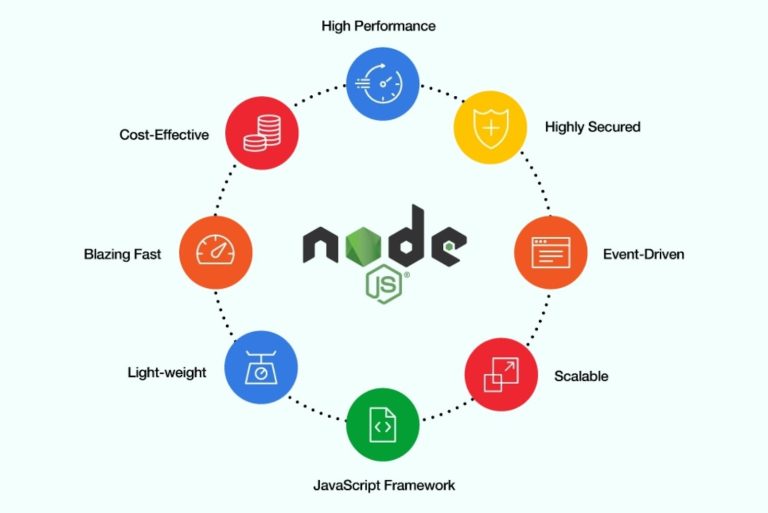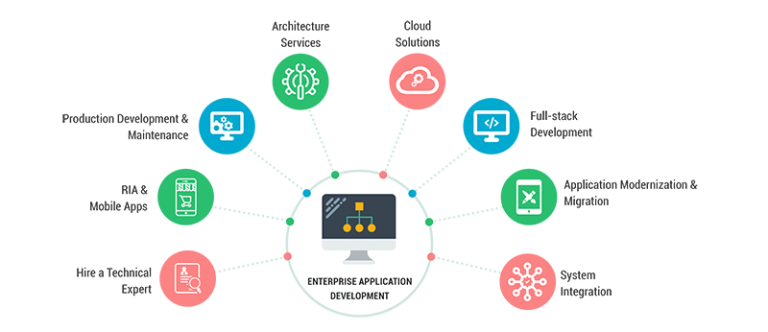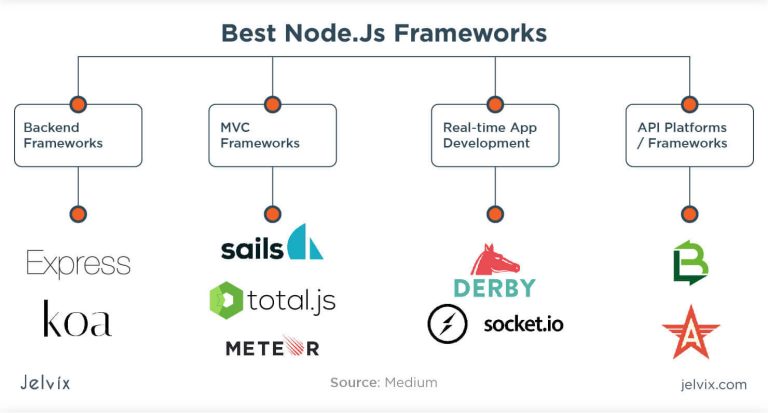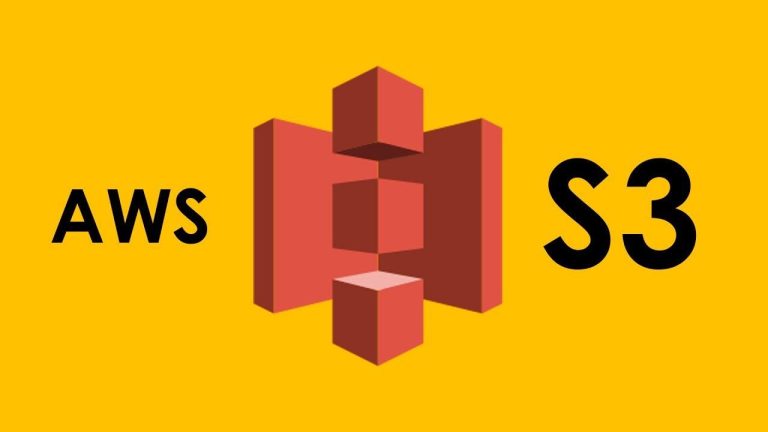Java, renowned for its platform independence, scalability, and robustness, is a versatile programming language that finds extensive application in real-time systems. Real-time applications demand responsiveness, reliability, and often involve complex event handling. In this article, we explore the role of Java in real-time applications, its features that make it suitable for such scenarios, and provide insights into building real-time systems using Java.
Why Java for Real-Time Applications?
Java’s suitability for real-time applications can be attributed to several key features:
1. Platform Independence:
Java’s “Write Once, Run Anywhere” mantra allows developers to build applications that can run on any device with a Java Virtual Machine (JVM). This portability is crucial for real-time systems deployed across diverse environments.
2. Garbage Collection and Memory Management:
Java’s automatic garbage collection mechanism reduces the risk of memory leaks, a critical concern in real-time applications. Predictable memory management contributes to the reliability and stability of real-time systems.
3. Multithreading Support:
Java’s built-in support for multithreading enables the development of concurrent and parallel applications. Real-time systems often involve handling multiple tasks simultaneously, and Java’s threading capabilities are well-suited for such scenarios.
4. Rich Ecosystem and Libraries:
Java boasts a vast ecosystem of libraries and frameworks that cater to a wide range of requirements. Whether it’s for networking, data processing, or user interface development, Java’s extensive ecosystem simplifies and accelerates real-time application development.
5. Enterprise-Level Capabilities:
Java Enterprise Edition (Java EE), now Jakarta EE, provides a comprehensive set of APIs and features suitable for building scalable and robust enterprise-level applications. This is particularly valuable for real-time systems in business and industrial settings.
6. Event-Driven Programming Model:
Java’s event-driven programming model, especially with the use of graphical user interface (GUI) frameworks like JavaFX, aligns well with real-time applications where responsiveness to events is crucial.
Building Real-Time Applications with Java:
Let’s delve into a practical example of building a real-time application using Java. Consider a simple real-time dashboard that displays live data updates. We’ll use JavaFX for the user interface and threading for real-time data updates.
1. Creating the JavaFX Application:
import javafx.application.Application;
import javafx.scene.Scene;
import javafx.scene.control.Label;
import javafx.scene.layout.StackPane;
import javafx.stage.Stage;
public class RealTimeDashboard extends Application {
private Label liveDataLabel = new Label("Live Data: ");
public static void main(String[] args) {
launch(args);
}
@Override
public void start(Stage primaryStage) {
primaryStage.setTitle("Real-Time Dashboard");
StackPane root = new StackPane();
root.getChildren().add(liveDataLabel);
primaryStage.setScene(new Scene(root, 300, 200));
primaryStage.show();
}
// Method to update live data
public void updateLiveData(String newData) {
liveDataLabel.setText("Live Data: " + newData);
}
}2. Implementing Real-Time Data Updates:
public class RealTimeDataGenerator {
public static void main(String[] args) {
RealTimeDashboard dashboard = new RealTimeDashboard();
dashboard.launch(RealTimeDashboard.class);
// Simulating real-time data updates
Thread dataUpdateThread = new Thread(() -> {
while (true) {
String newData = fetchData(); // Replace with actual data retrieval logic
dashboard.updateLiveData(newData);
try {
Thread.sleep(1000); // Simulating updates every second
} catch (InterruptedException e) {
e.printStackTrace();
}
}
});
dataUpdateThread.start();
}
private static String fetchData() {
// Replace with actual data retrieval logic
return String.valueOf(Math.random() * 100);
}
}In this example:
RealTimeDashboardis a JavaFX application with a simple UI that includes a label for live data updates.RealTimeDataGeneratoris a separate class that simulates real-time data updates. It launches the JavaFX dashboard and updates the live data label every second.
This example illustrates the responsiveness of JavaFX for real-time user interfaces and the use of threading to handle continuous data updates.
Conclusion:
Java’s capabilities make it well-suited for building real-time applications across various domains, including finance, healthcare, manufacturing, and more. Whether it’s the ability to handle concurrency, ensure platform independence, or leverage a rich ecosystem of libraries, Java empowers developers to create responsive and dynamic systems.
When venturing into real-time application development with Java, consider the specific requirements of your domain and choose the appropriate Java features and frameworks accordingly. Embrace event-driven architectures, multithreading, and Java’s extensive libraries to build real-time applications that meet the demands of today’s fast-paced and data-intensive environments.


